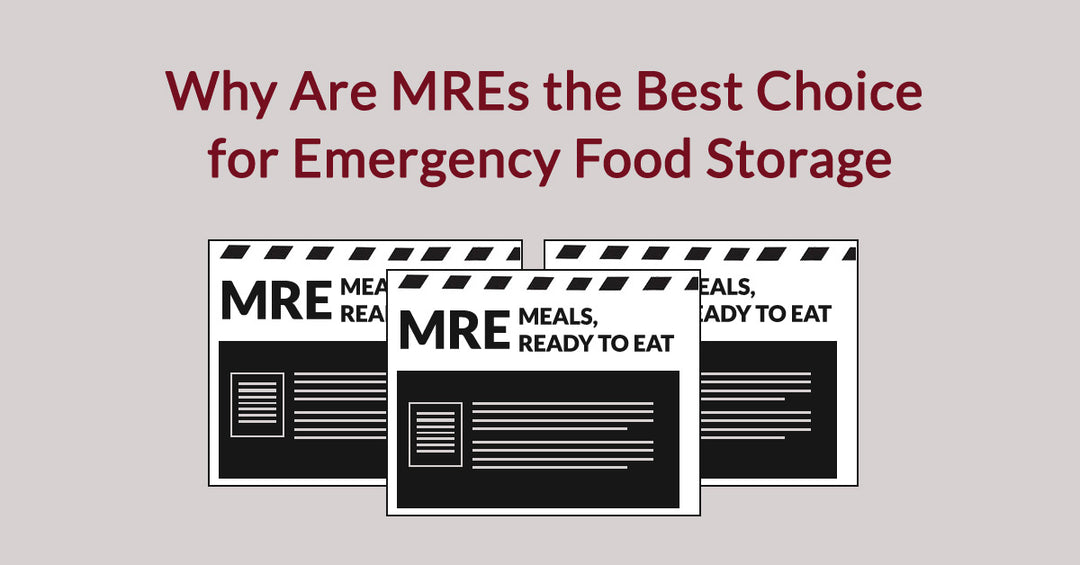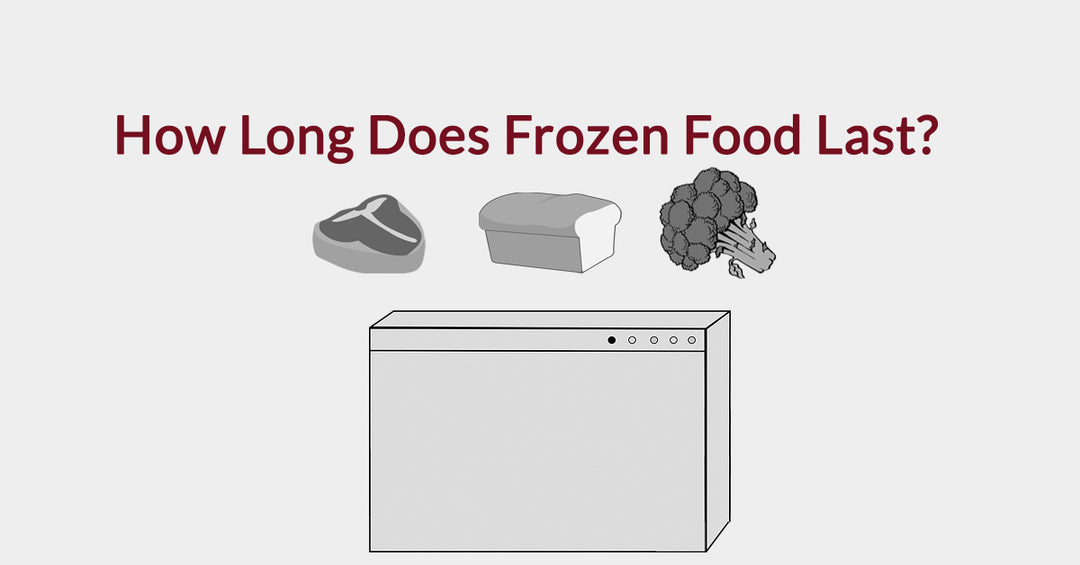US Food Supply Disaster Series: Hurricane Floyd (September 1999, East Coast U.S.)

In September 1999, Hurricane Floyd, though a Category 2, caused extensive inland flooding across the East Coast U.S., especially in the Carolinas. This event was a critical lesson in how natural disasters can trigger profound food insecurity, particularly in often-overlooked rural communities. It's a story about the storm and the unique challenges of providing humanitarian aid in isolated areas.
Floyd's torrential rains turned rivers into raging torrents, engulfing towns and farmlands. This widespread flooding meant immediate challenges for displaced thousands. Evacuation shelters, meant for refuge, quickly ran out of meals, especially those in remote locations. The sheer number of evacuees, combined with difficult resupply, overwhelmed existing disaster preparedness systems.
The flooding cut off numerous towns for days, even weeks. Roads were impassable, bridges washed out, and communication lines failed. Food supplies couldn't reach those in need. This isolation disproportionately affected low-income rural residents, many without vehicles to evacuate. Stranded by high waters, they were uniquely vulnerable to food shortages, highlighting the link between socioeconomic factors and disaster resilience. This stressed the vital importance of logistics and supply chain management in emergency response.
Hurricane Floyd's impact on food access was most pronounced in the inundated rural areas of North Carolina and Virginia. The storm exposed significant weaknesses in existing food distribution networks for such prolonged and widespread events. It disrupted immediate food delivery and agricultural production, setting the stage for longer-term food security challenges.
The lessons from Hurricane Floyd were crucial for refining future emergency management strategies. The disaster highlighted the critical need for better food support to shelters, especially in rural areas. It became clear that pre-positioning non-perishable food and water, establishing resilient supply routes, and having contingency plans for aerial or specialized vehicle delivery were essential. The storm also spurred a deeper understanding of rural populations' vulnerabilities, advocating for tailored evacuation plans and community support systems.
Following Floyd, there was increased emphasis on inter-agency coordination among federal, state, and local entities, as well as with non-profit organizations like food banks and the American Red Cross. This collaboration aimed to streamline humanitarian aid and ensure more equitable access to food and water during future events. The experience underscored the importance of integrating food justice into disaster planning, recognizing equitable access to sustenance as a fundamental right. The storm also reinforced the need for robust communication strategies to inform affected populations about resources and assess ongoing needs.
Hurricane Floyd was a stark reminder that disaster impacts extend beyond physical damage. It exposed the hidden hunger that can take root when communities are isolated and basic needs unmet, particularly in rural settings. The lessons from Floyd continue to inform best practices in disaster mitigation and food system resilience, pushing for more inclusive and adaptable strategies to ensure all individuals have access to food and water when crisis strikes. This event remains a pivotal case study in building stronger, more resilient communities in the face of escalating climate challenges.
Sources:
- National Hurricane Center. (1999). Hurricane Floyd - September 7 - 17, 1999. National Oceanic and Atmospheric Administration.
- Reports from the American Red Cross and other relief organizations involved in Hurricane Floyd relief efforts.
- Academic studies on rural vulnerability to natural disasters and post-disaster food insecurity.




